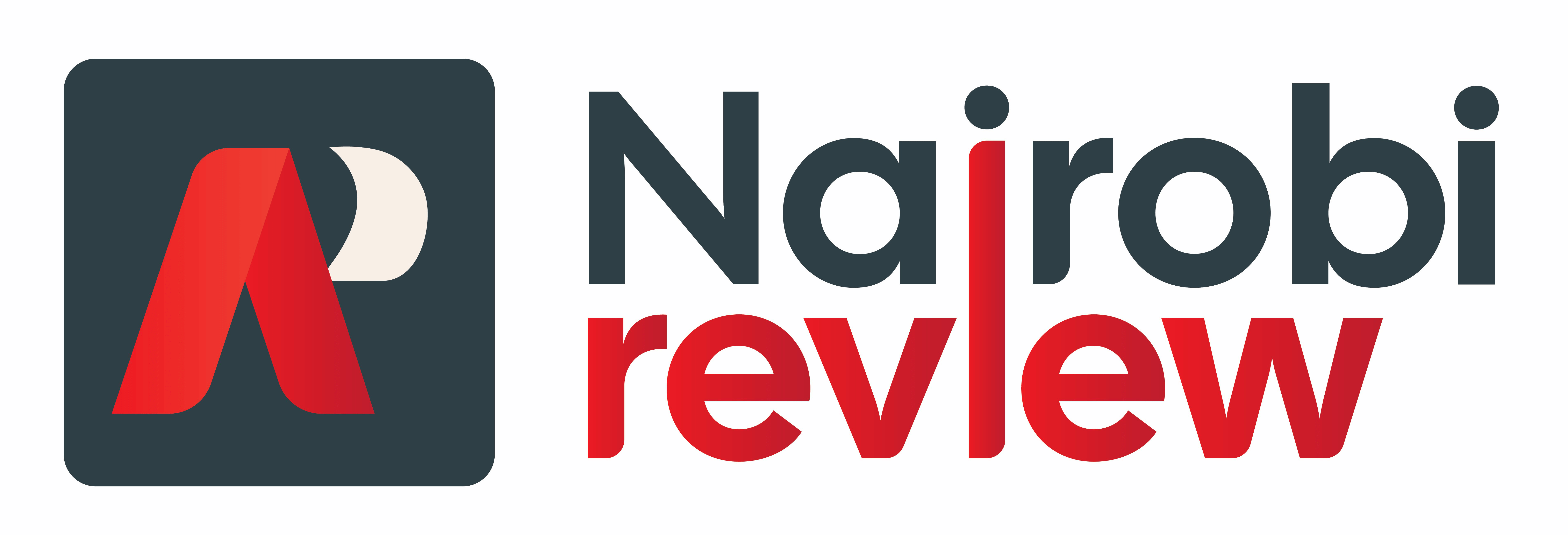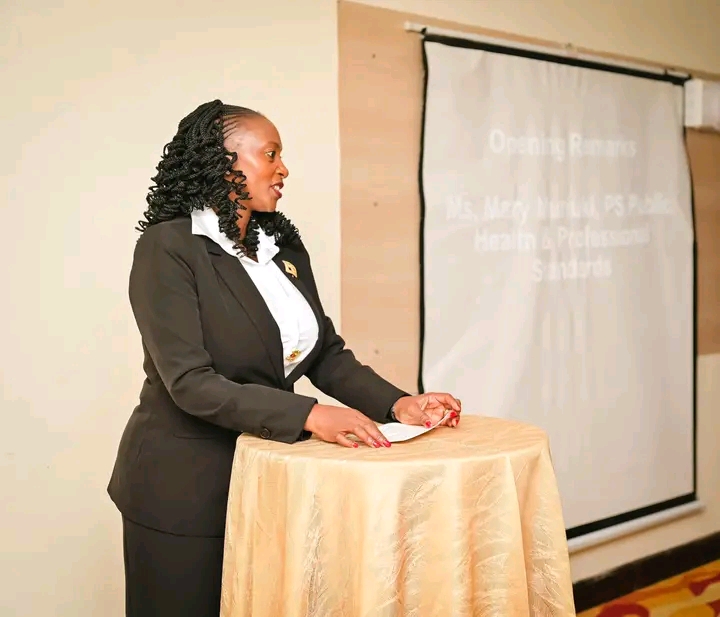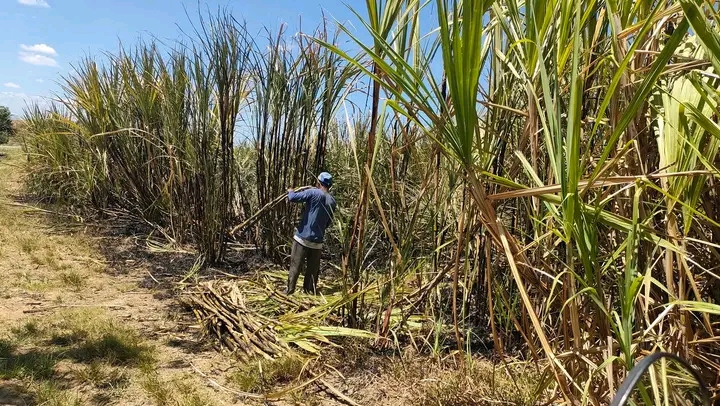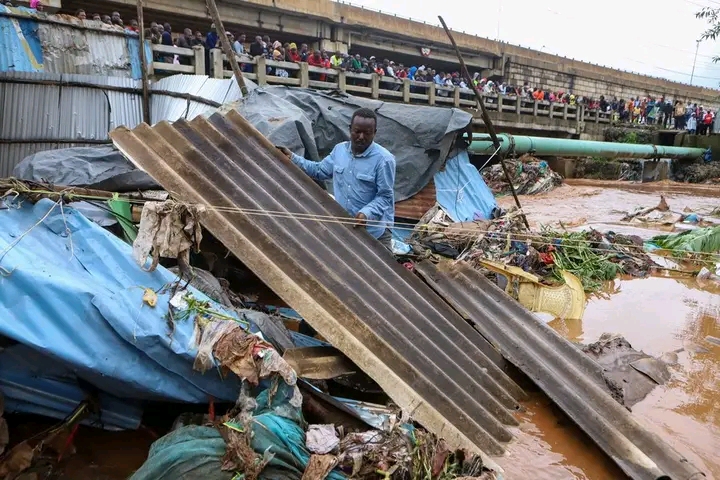Nairobi,
Wednesday, 20 March, 2024
McCreadie Andias
The Ministry of Health, in partnership with Vodafone, USAID, Mpesa Foundation, and other collaborators, is preparing to introduce “M-mama,” a US$ 14 million investment innovative initiative designed to combat the high rates of maternal and neonatal mortality and morbidity caused by delayed access to essential healthcare services.
The m-mama system has previously been successful in Tanzania and Lesotho.
This collaboration aims to improve maternal and newborn health in Kenya, building on the government’s prior work. Although 90% of pregnant women give birth in healthcare facilities in Kenya, approximately 6,000 still die yearly due to pregnancy-related complications, resulting in a maternal mortality ratio of 355 deaths per 100,000 live births. Additionally, there are, tragically, 35,000 newborn deaths annually in the country.
One obstacle for pregnant women and newborns, if they are in distress, is the lack of timely referrals and patient transport in parts of the country, enabling them to reach facilities that can provide quality care quickly.
How does m-mama work?
m-mama is a referral system specifically created for pregnancy, labour, or newborn emergencies. It provides a charge-free number and a 24/7 call centre that connects women with fast and safe transportation to high-quality healthcare facilities.
The call centre sends an ambulance, or a community or taxi driver trained to handle the transportation of obstetric emergencies.
They have the equipment they need to get patients safely to the hospital. The community or taxi driver is identified through the m-mama mobile app and then paid immediately once safely at the hospital, at no cost to the woman. m-mama started in Tanzania, and it’s expanding towards Kenya and the rest of Africa. Vodafone Foundation created m-mama in 2013, initially operating in Tanzania’s Lake Zone, including the region of Shinyanga.
The initial focus was renovating maternity wards, constructing maternity waiting homes, and providing training for community healthcare workers. However, research conducted by the Touch Foundation found that concentrating on emergency transportation was the most efficient use of funds.
In rural areas in sub-Saharan Africa, pregnant and new mothers encounter challenges accessing hospitals during emergencies. Before the introduction of m-mama in Tanzania, local medical facilities struggled to afford ambulances (and still do), resulting in only one ambulance being available for every 10 emergency calls.
In 2014, Vodafone Foundation created the m-mama system, including recruiting drivers and coordinating ambulances through a centralised dispatch centre.
The m-mama system found ways to transport women to hospitals, even in villages where waterways were the only option. This sometimes involved using horses to reach the river and then taking a boat and a car to complete the journey.By 2020, the m-mama system covered the entire region of Shinyanga.
Samia Suluhu Hassan, the President of Tanzania, grasped the issue’s importance and asked to implement m-mama nationwide and designated an emergency line ‘115’-equivalent to 112 in Europe, 911 in the US and 999 in the UK. m-mama also expanded beyond Tanzania in 2019 to Lesotho, which has one of the world’s highest maternal mortality rates. m-mama achieved national scale in Lesotho in early 2023.
Given its success, Vodafone Foundation and USAID agreed in 2022 to invest in expanding the m-mama maternal health emergency programme to other parts of Africa. m-mama was expanded across the whole of Tanzania and Lesotho by the end of 2023 and will be scaled to be available to 70% of Kenya as well.





